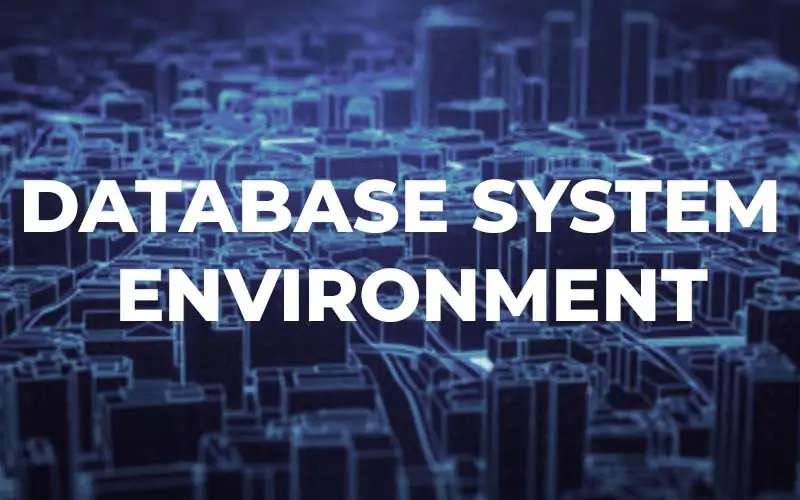Comparison between Traditional Files vs DBMS.
Traditional Files vs DBMS.
Traditional Files Processing Approach:
Files are understood as collection of records each record consisting of many fields. Each application can have one or more files(see Figure below) to Meet the data processing needs. Although applications receive from and send data to files, there are file management programs to maintain the data.
As the number of applications increase, so do the number of files and the programs that manage such files. Due to its fundamental nature of ownership of files by individual user or user group that created it, the file sharing is not possible. This leads to the multitude of problems leading to data redundancy, increased storage requirements, replicated programming efforts, and most importantly, the structural dependence of data and programs.

Data Redundancy:
Refers to data stored in more than one file/place that produces data redundancy, Uncontrolled data redundancy may lead to problems of data inconsistency, data integrity and data anomalies (problems of insertion, deletion, and modification).
Structural and Data Dependence:
Refers to the explicit description of the data in the programs that uses it. If we have to change the program that access data when the structure of the file changes; the file system is said to exhibit s structural dependence. Since business requirements are subject to Change from time to time, addition or deletion of a field in a file becomes necessary which requires the Modification in all programs using that file.
For the data manager it is important to plan the structure of the data as making the change in the existing structure can be difficult in a file system. Furthermore, changes in file data characteristics such as changing a field from integer to decimal require changes in the program that access the file. Thus the file system is said to exhibit the data dependence.
File System Data Management:
Over a period of time, volume of data grows leading to large file sizes making the task of data management complex. This is due to extensive programming even for simple data retrieval task. The programmer needs to specify both: what must be done and how it is to be done. Programming can be a time-consuming task, and also a programmer must be familiar with the physical file structure that must be described in the program.
With the growing complexity of the file system, the access path becomes more difficult to manage and tends to produce system malfunctions. Ad hoc queries are not possible. As the system expands, the number of files increases. This makes the system’s administration more difficult.
Each file must have its own file management system, composed of programs that allow user to create file structure, add data to the file, delete data from the file, modify data contained in the file, and list the file contents. And, because each user or department in the organization owns its data by creating its own files, the number of files can multiply rapidly.
Database Approach or DBMS Approach:
There are problems inherent in files system that make using database systems very desirable. To get a better feel of file based data processing and database based data processing, see upper Figure As shown above, a file system consists of many separate and unrelated files for each application while the database consists of logically related data stored in a single data repository (see in Figure Below).

Therefore, the database represents a change in the way data is stored, accessed and managed. There are many advantages of a database over the file system. It eliminates the problems of data inconsistency, data anomalies and data dependency.
Information is very important. So, is the design of a good (useful) database. Thus, we must focus our attention on the principles and concepts that have a direct bearing on the practical aspects of database design. A good DBMS software may perform poor if the database is poorly designed.



